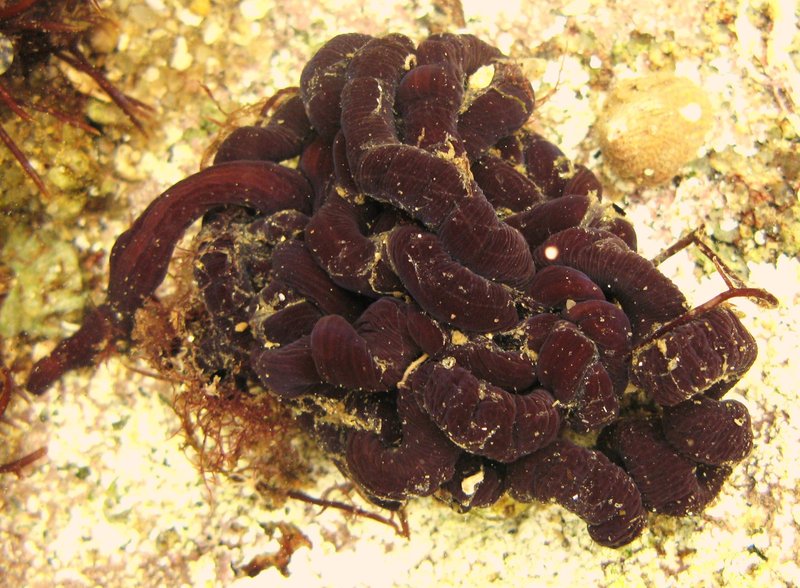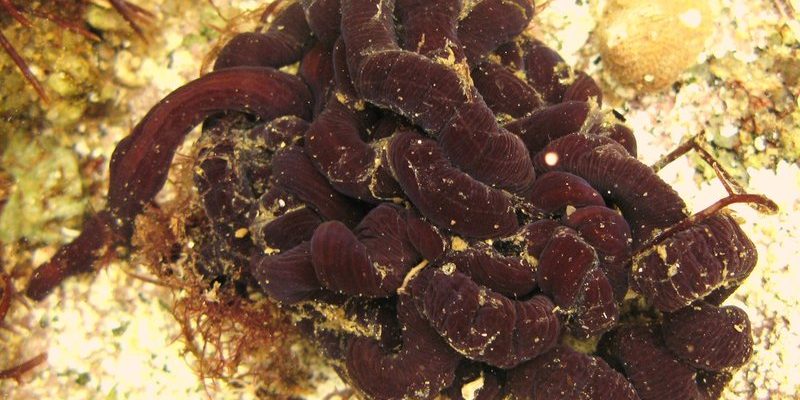
So, what exactly is a bootlace worm, and why should we care? Picture a long string of spaghetti that just keeps on coming. Now, imagine that this “spaghetti” can be found basking on the ocean floor, hiding among rocks and sand. Bootlace worms, or *Lineus longissimus* to get technical, are fascinating creatures that live in the waters around Europe. They’re not just long; they have a whole host of interesting traits that make them unique in the marine world. Let’s dive deeper into the world of bootlace worms and uncover what makes them the longest, most intriguing creatures of the sea.
What Are Bootlace Worms?
Bootlace worms belong to a group of marine animals known as *Nemertea*, more commonly referred to as ribbon worms. With their elongated, flexible bodies, they can grow to impressive lengths, sometimes exceeding 30 meters (around 98 feet). Yes, you read that right! That’s longer than a blue whale, which is a record holder for one of the largest animals in the world.
The color of bootlace worms can vary, usually appearing in shades of brown, yellow, or green, which helps them camouflage among ocean plants and rocks. They have a soft, slimy texture, which allows them to move through the water with ease. But why do they catch our eye? It’s not just about their length—bootlace worms have a fascinating way of hunting. They extend a long, sticky proboscis to catch prey like small fish or crustaceans, which is pretty impressive for something that looks like a simple worm!
The Record-Setting Lengths
When it comes to measuring record-breaking lengths, bootlace worms take the cake. One of the longest bootlace worms ever recorded stretched an astonishing 55 meters (about 180 feet). Imagine that! To put it into perspective, that’s longer than an Olympic swimming pool. The first official record of a bootlace worm reaching such remarkable lengths dates back to the 1860s when a specimen was found washed up on a beach in Scotland.
Now, you might be wondering how these creatures achieve such mind-boggling sizes. It’s all about their unique growth processes. Bootlace worms are capable of repairing themselves and, unlike many other animals, they can continue to grow throughout their lives. This means that as long as they have ample food and a safe environment, their size can keep increasing. Isn’t that wild?
How Do They Thrive in the Ocean?
Bootlace worms are typically found in shallow coastal waters, often hiding in sand or mud. They prefer environments rich in organic material, as this provides the nutrients they need to thrive. These worms play an essential role in their ecosystems: they help break down organic matter, contributing to the nutrient cycle in the ocean.
In addition to their impressive hunting techniques, bootlace worms have some fascinating survival strategies. They can regenerate parts of their bodies if injured, allowing them to recover from predator attacks or other threats. This regenerative ability is one of the reasons they can grow so long—if part of their body is lost, they have the potential to regrow it and continue thriving.
Burrowing Behavior and Habitat
You might be curious about how bootlace worms move around their underwater homes. They often burrow into the ocean floor, creating a cozy little hiding spot. The burrowing behavior not only provides protection from predators but also helps them ambush prey as they swim by.
When they’re not hidden away, you can often see them wiggling near rocks or coral. They have a unique way of interacting with their surroundings, using their long, flexible bodies to explore and hunt. The ability to slip into tight spaces is essential for their survival, allowing them to find food and avoid being eaten.
Why Are They Important to Marine Ecosystems?
Bootlace worms might seem strange, but they play a vital role in the health of marine ecosystems. As scavengers and predators, they help maintain the balance of underwater life. By consuming organic material and smaller organisms, they contribute to the overall biodiversity of their habitats.
Additionally, their presence can be an indicator of the health of marine environments. A diverse population of bootlace worms can signal a robust ecosystem, while their decline might suggest issues like pollution or habitat loss. In this way, scientists closely study bootlace worms to monitor the state of our oceans.
Myths and Fascinations: Bootlace Worms in Culture
While bootlace worms may not be the most popular creature in pop culture, they have sparked intrigue among researchers and nature enthusiasts alike. Myths surrounding these creatures often involve their size and mysterious nature. For example, some people have mistaken them for *sea serpents* due to their incredible length and wiggly movement.
Interestingly, bootlace worms have also been featured in educational programs and documentaries that showcase the beauty and diversity of ocean life. Their ability to regenerate and grow is often highlighted as a marvel of nature, inspiring curiosity about marine biology and conservation.
Conservation Efforts for Bootlace Worms
As we explore the incredible world of bootlace worms, it’s essential to acknowledge the need for conservation efforts. Like many marine species, bootlace worms are affected by human activities such as pollution, habitat destruction, and climate change. Protecting their natural habitats is crucial for maintaining their populations.
Conservationists emphasize the importance of reducing plastic pollution and protecting coastal ecosystems to ensure the survival of these fascinating creatures. By advocating for cleaner oceans and sustainable practices, we can help preserve the incredible biodiversity that bootlace worms and other marine animals contribute to our planet.
In conclusion, the world of bootlace worms is as captivating as it is complex. From their record-setting lengths to their crucial roles in marine ecosystems, these creatures remind us of the wonders beneath the waves. So, next time you think of a worm, remember that some of them can grow longer than a bus—making them truly remarkable in the tapestry of life underwater.

